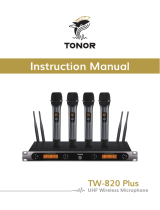
A司B Key Instructions:
叩
习
皿
4
4
4
4
4
4
4
4
4
4






